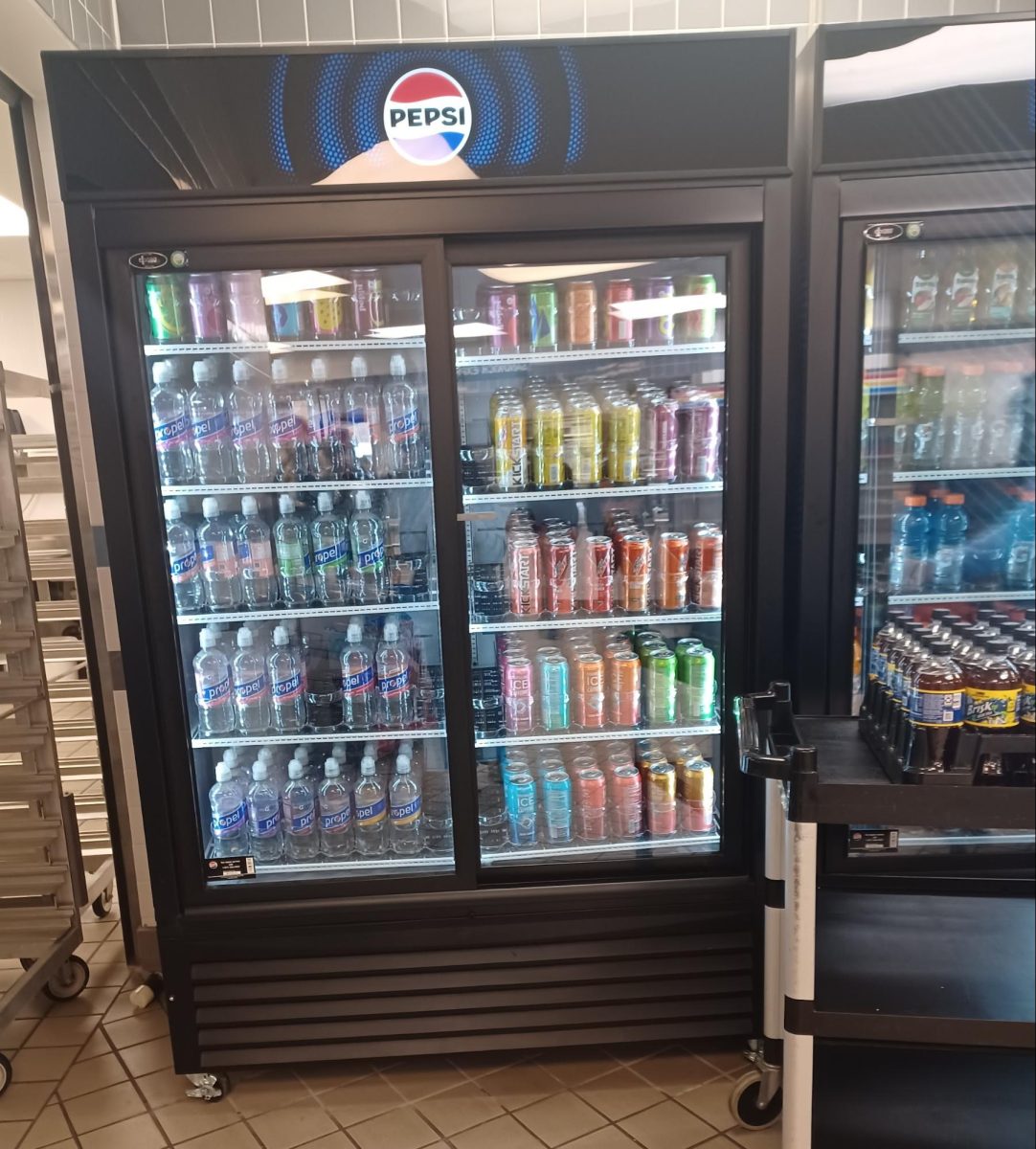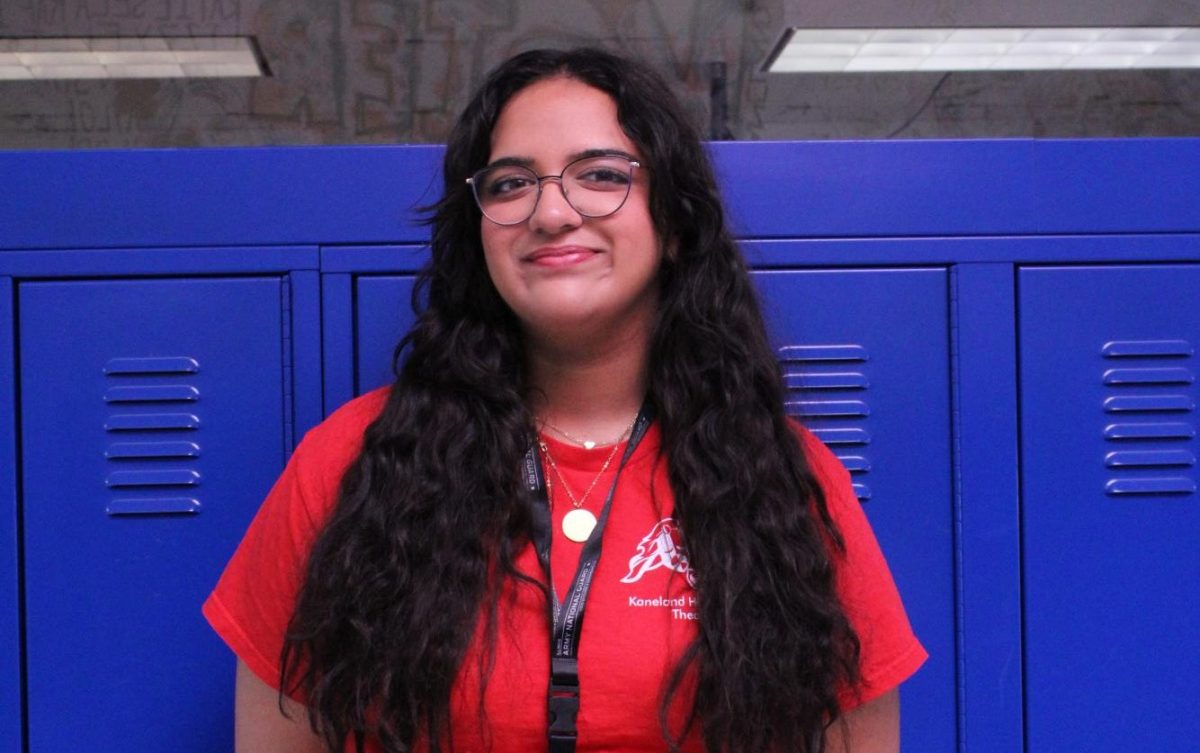There is an overwhelming feeling of people swarming the halls, squeaking their shoes and tapping their pencils in a high school. Almost every student notices this feeling at least once a day. Teenagers more than anyone tend to experience mental health issues in their day to day lives. Students between 10 and 19 years old experience the most mental health issues of all.
Students in high schools typically feel afraid to ask for help from their friends, family or teachers. Most students feel as if they have to keep their mental health issues to themselves. And this alone can lead to its own problems, but students should know that teachers are almost always willing to help.
“I know many of the teachers are always willing to sit down and just be a sympathetic ear,” social studies teacher Daniel Ferrel said.
Imagine you’ve been through a rough day. As a student, you may be overwhelmed and stressed with the life of high school and catching up with your schoolwork while participating in after-school activities. Even maintaining a normal sleep schedule can be tough on many students.
A student who is having personal struggles may also struggle to reach out to people. Reaching out can be the most important – but also the most difficult thing – that a teenager or person of any age can do.
“That’s one of the things that counselors do a lot,” guidance counselor Anne Kuntz said. “Normalize and validate and educate people on how to deal with the regular ups and downs of our own human mental health.”
There are classes in school, like psychology or AP psychology, that teach students about mental health. The basis of health classes is teaching students about mental health and how to deal with it or how they can help their peers struggling with mental health.
“In psychology, we not only look at the kind of causes and symptoms of a disorder,” Ferrel said. “But also common treatment practices and current treatment options of different types of therapy and biological medical ways to treat mental health.”
The stigma of mental health in high school students has significantly lessened compared to what it used to be. When a current high school student’s parents, for example, think about their experience with mental health, the stigma around mental health has changed over time.
“When I was in high school, anybody that had an issue with mental health did not speak about it,” Ferrel said. “You were not open about it. You tended to keep that to yourself. I think that mental health has become much more acceptable to talk about recently.”
In psychology classes, students are taught how to help other people deal with their mental health and to deal with their own mental health. These classes are meant to teach students the scientific study of the mind and its behavior, which helps them develop social-emotional skills, critical thinking and practical life skills for academics, relationships and careers.
Students in high schools tend to experience anxiety or depression due to stress and the overwhelming pressure that may be put on them due to schoolwork.
In those moments of panic, students tend to not notice the positive things that they have learned from being in school.
“Those of us who have graduated high school, when we look back on it, we recognize that the things we learned in high school were not always the things we took tests about,” Kuntz said. “There were lots of lessons about skills and growth.”
When someone thinks about high school, they might tend to associate it with being uncomfortable and stuffy. Due to the amount of pressure and stress that students are facing, one can easily imagine zoning out, drowning out all the noises and biting your nails. For a student who may be struggling with anxiety, these may be common things that they experience.







